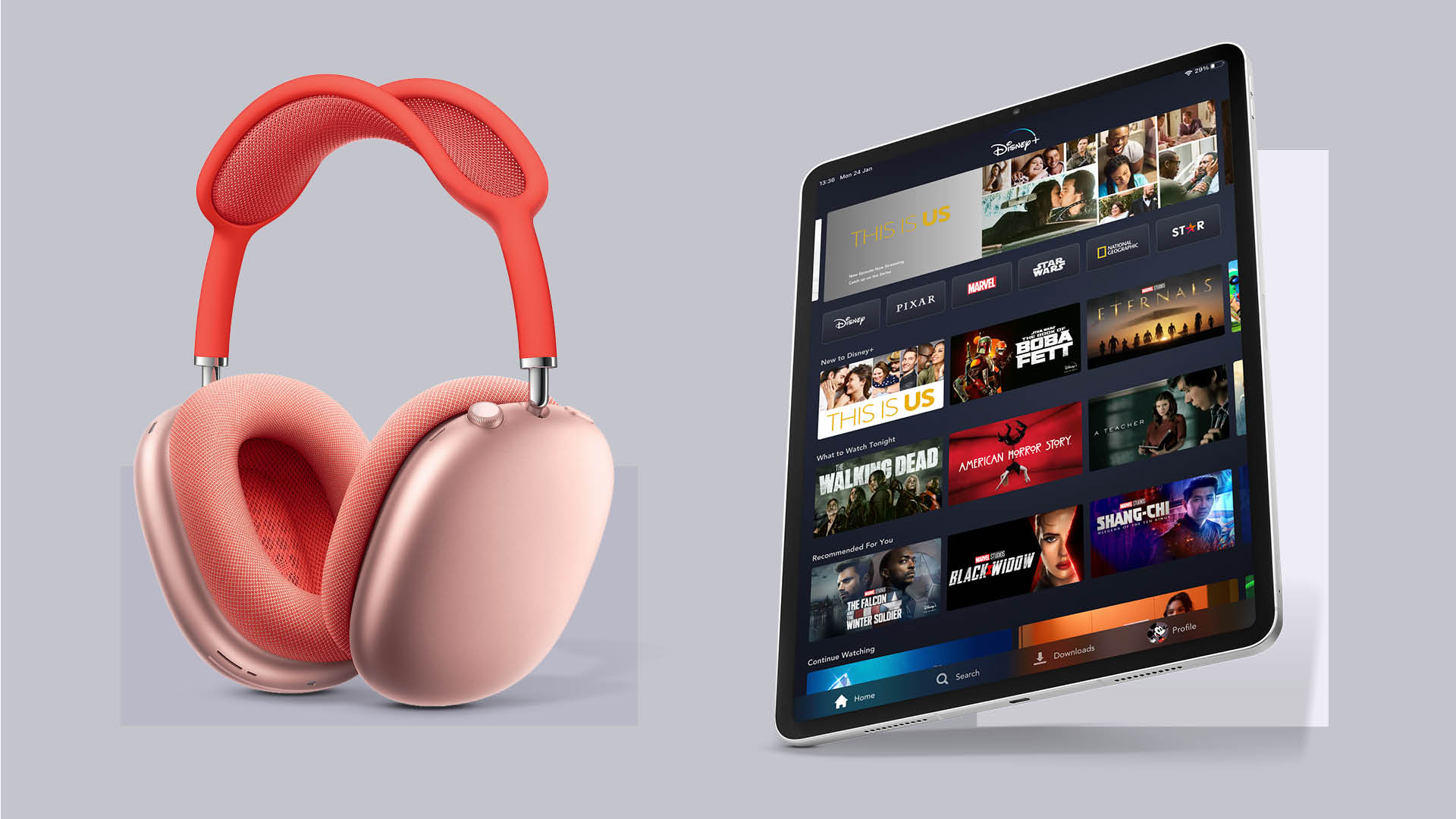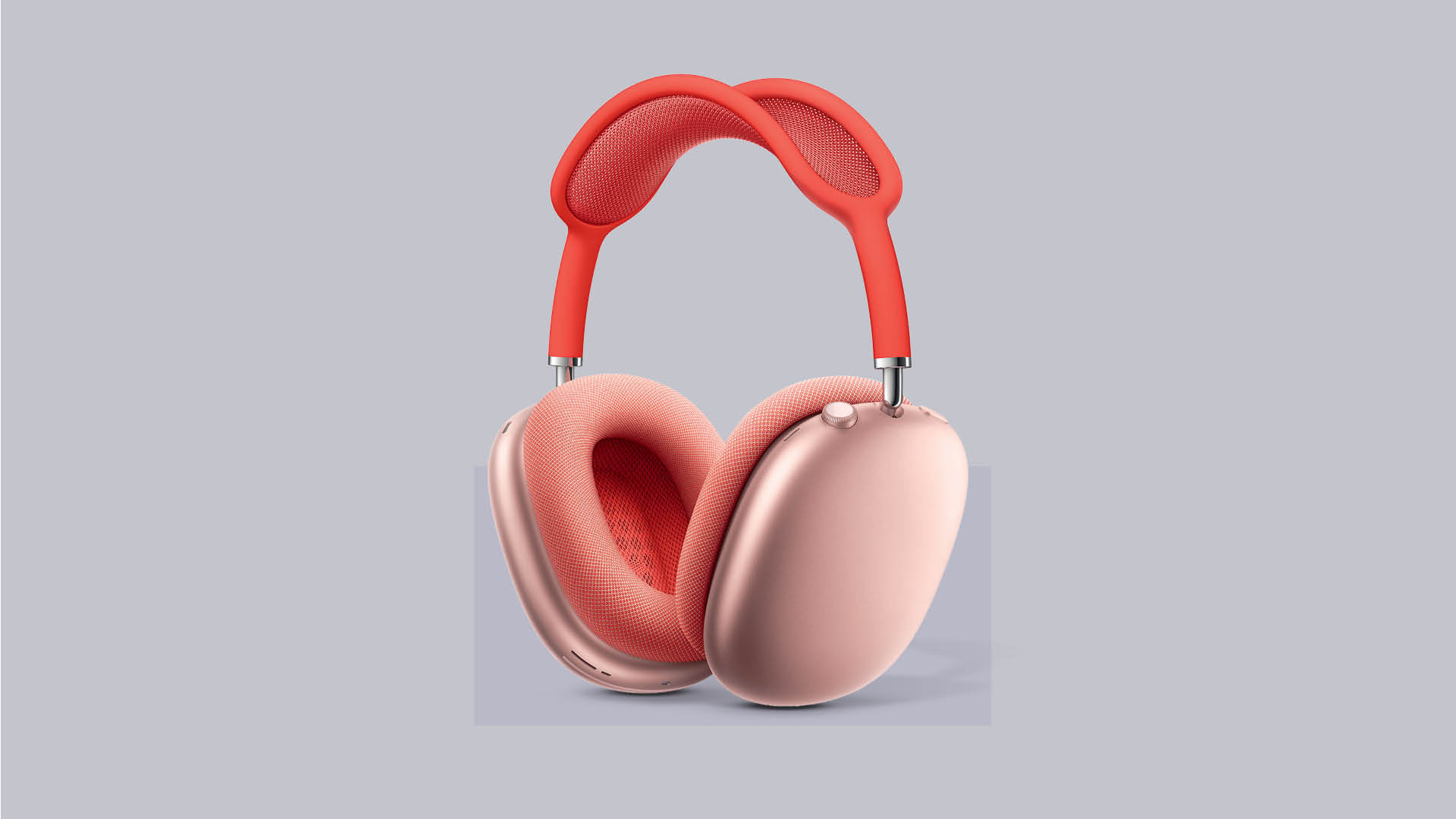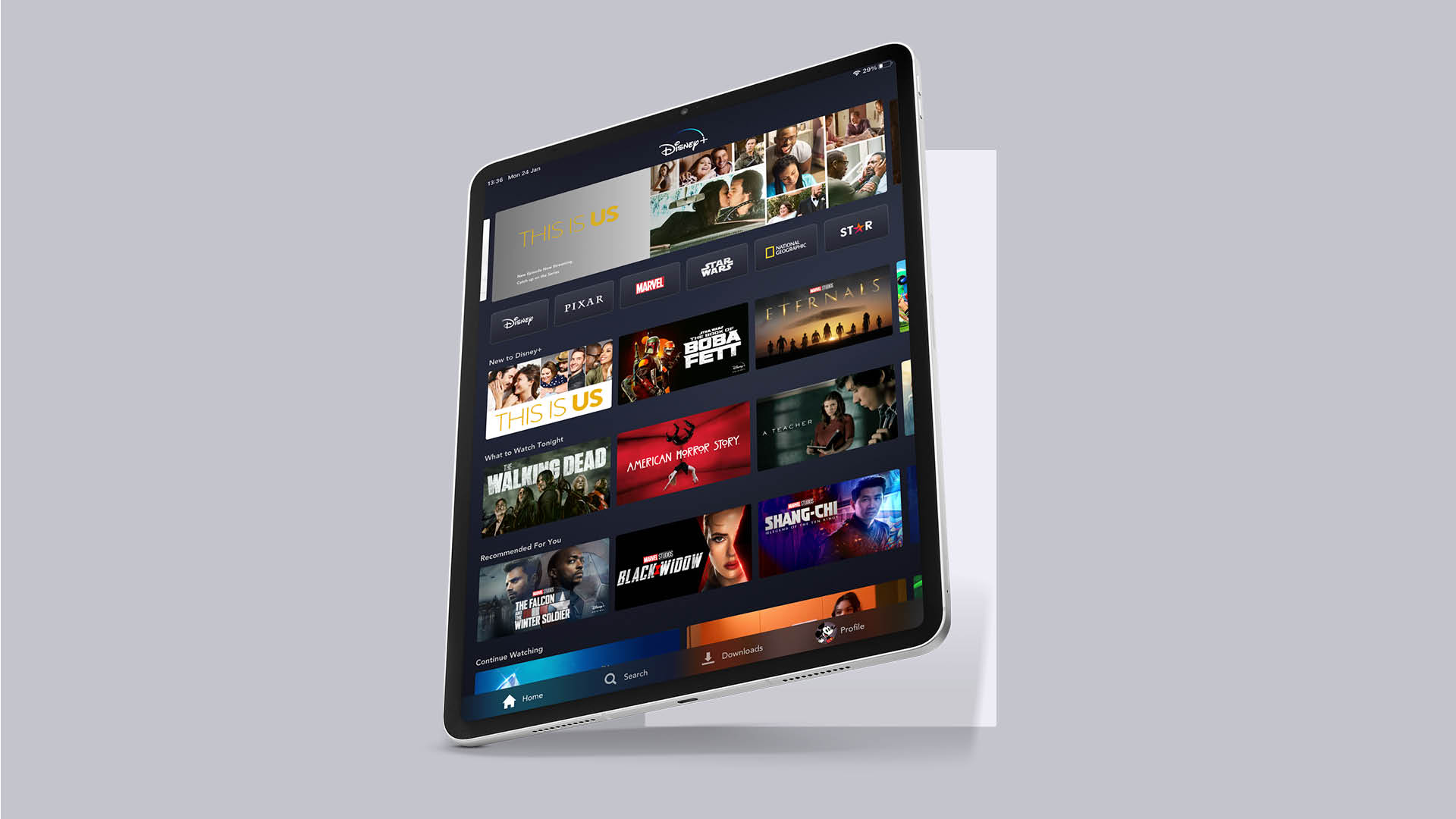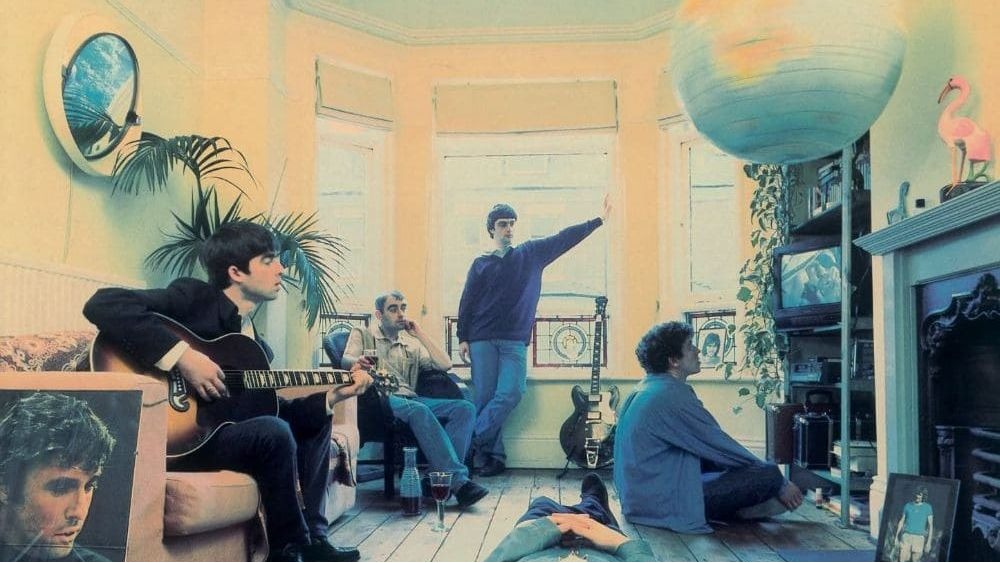Enjoy virtual surround sound on the move with this superb portable AV system
All you need is an iPad and a pair of AirPods Max

On the face of it, this is almost horrifically expensive for a ‘portable’ system. But then, if you are a serious cinema fan and want to be transported far away from the mundanity of that other form of transport you find yourself sitting on, this is the best way to do it.
Don't let the fact it's just a tablet and a pair of headphones deceive you – this Apple-centric set-up is bursting with tech capable of taking your viewing experience to another level...
The system
Tablet: Apple iPad Pro 12.9 (£999 / $1099/ AU$1649)
Headphones: Apple Airpods Max (£549 / $549 / AU$899)
Streaming service: Disney Plus (£80pa / $80pa / AU$120pa)
Total: £1628 / $1728 / AU$2668
Tablet: Apple iPad Pro 12.9

We will kick things off with the tablet. Apple’s iPad Pro is available in a 12.9 or 11-inch version, but for our purposes here it’s important to go (inevitably, we’re sorry) for the more expensive 12.9. This is because the screen uses different underlying technology, so picture performance won’t be quite as good with the smaller version.
While content creators might be most excited about the new iPad Pro’s M1 power, we content consumers will be far more excited about the 12.9-inch model’s new screen. Apple calls it a Liquid Retina XDR display (short for ‘eXtreme Dynamic Range’). This is the first mini-LED backlight in an iPad. There are 10,000 of the things, arranged into 2500 independent dimming zones – Samsung’s top mini LED-based 4K TV for 2021 (the QN95A) is thought to have around 800 dimming zones, so the iPad’s figure looks incredibly impressive.
The more dimming zones a display has, the more exact and precise it can be in terms of contrast, producing deep blacks next to bright highlights. Apple claims the iPad Pro 12.9 can maintain a full-screen brightness of up to 1000 nits and hit peaks of up to 1600 nits, which is around double the peak brightness of a modern OLED TV. Contrast ratio is claimed to be 1,000,000:1.
It’s not so much that the Pro 12.9 goes vastly brighter than other iPad models, it’s that it combines bright highlights with awesomely deep blacks to create a vastly more dynamic and exciting picture. But, thankfully, Apple hasn’t thrown away its reputation for colour authenticity while reaching for new heights in contrast. Apple claims that every iPad is calibrated for colour, brightness, gamma and white point before it leaves the factory – and there’s great consistency across iPad models, all of which come across as extremely authentically balanced.
The latest hi-fi, home cinema and tech news, reviews, buying advice and deals, direct to your inbox.
We switch between films and TV shows from various streaming services and in various resolutions and formats (HDR10, HLG and Dolby Vision are all supported), and colours combine vividness and nuanced authenticity to an exceptional degree. Everything looks awesome, but most importantly it also looks correct.
The new iPad Pro 12.9 isn’t vastly sharper or more detailed than, say, the Apple iPad Air (though it does dig up more fine details in the brightest and darkest parts of the picture), but the deeper blacks help reinforce edges, making for a more solid and three-dimensional image. That solidity is retained even during fast and otherwise tricky motion. The iPad Pro maintains a firm grip on the action at all times, sharpening and smoothing without adding any artificiality or shimmer. It’s like having a miniaturised top-end TV you can take almost anywhere. Marry its sound capabilities with those of the AirPods Max, and you have a remarkable combination.
Headphones: Apple Airpods Max

The AirPods Max is a fine pair of expensive wireless headphones. First things first: for out and about, its noise-cancelling quality is excellent. The considerably cheaper, and Award-winning, Sony WH-1000XM4 seem to be just marginally better at blocking constant, consistent noise (engine sounds, for example), but the AirPods Max also let very little through here and are just a touch better at combatting chit-chat – something that’s much harder to do.
The Apples are revealing enough to expose poor recordings, particularly in the high frequencies, but the treble is superb. The whole presentation is organised so precisely that even the busiest of recordings is easy to make sense of. The AirPods Max never become confused and the presentation never becomes muddled.
Important though stereo sound from music is for any pair of headphones, our main interest here is with movie sound. And here, Apple has a trick up its sleeve for the iPad and AirPods Max in the form of spatial audio; this provides a virtual surround sound experience from 5.1, 7.1 and even Dolby Atmos content. Not only that, but built-in head tracking means the sound is always relative to the screen, even when you move your head or the iPad on which you’re watching. All told, the effect is superb. The whole presentation is very open, spacious and convincing, and the tracking is amazingly smooth and accurate as you move your head.
The Airpods Max recreate the opening of Gravity brilliantly. The placement of voices coming through the radio is precise and convincing, there’s excellent weight to the dull thumps against the satellite and heavy bass notes of the soundtrack, superb all-round clarity, and excellent dynamics as the peaceful scene turns threatening then catastrophic. It’s easy to forget you are listening using headphones, such is the spaciousness of the delivery. It’s terrifically cinematic. Simply put, combining an iPad Pro 12.9 with AirPods Max headphones gets you the most convincing portable cinema experience that we can think of.
Streaming service: Disney Plus

Disney Plus is our streaming service of choice in this set-up because, in our experience, it has the best, most consistent picture quality when it comes to 4K and Dolby Vision streams, as well as the surround sound to make the most of the Apple duo’s spatial audio smarts (in 5.1 not Dolby Atmos for the AirPods Max, though).
Up to four screens can stream simultaneously on one account, which is on a par with the Netflix Premium tier and better than Apple TV+’s and Amazon Prime Video’s three-screen limit, so you won’t be having tussles with other family members. There are many offerings on Disney that offer the full-fat home package of UHD picture and surround sound, including Dolby Atmos, and in our review of the service, we found ourselves drawn to the technically wonderful The Lion King live-action remake (a 4K Dolby Vision title) with its appropriately lush landscapes, tangible textures of lion fur, baboon skin and bird feathers, and a clean, crisp picture.
In the much darker opening scene of The Mandalorian (also in 4K and Dolby Vision) that crispness reveals itself again, complete with punch to lights and shine off helmets. There is enough gleam and sharpness to do justice to the series’ high production values. With both of these examples, solo watching is truly enhanced by the stunning iPad and AirPods Max combo, with all three parts combining for an enthralling personal cinema experience that simply can’t be beaten.
Verdict
Yes it's pricey, but if you are a serious cinema fan and the quality of sound and picture is vital to your enjoyment of movies on the go, then the Apple route it must be – with the company's most premium tablet and pricey AirPods Max headphones.
Of course you could reduce that outlay with a cheaper iPad and AirPods Pro in-ears that will still provide you with Apple’s impressive spatial audio feature, and that would be a fine alternative. But to get an idea of the best that’s out there, we’d urge you to give this set-up an audition at least.
MORE:
Enjoy your favourite music on the go with this killer portable hi-fi system
The very best home cinema deals 2022
Best Disney Plus deals: free trials, cheap subscriptions and more ways to save

Jonathan Evans is the editor of What Hi-Fi? magazine, and has been with the title for 18 years or so. He has been a journalist for more than three decades now, working on a variety of technology and motoring titles, including Stuff, Autocar and Jaguar. With his background in sub-editing and magazine production, he likes nothing more than a discussion on the finer points of grammar. And golf.
